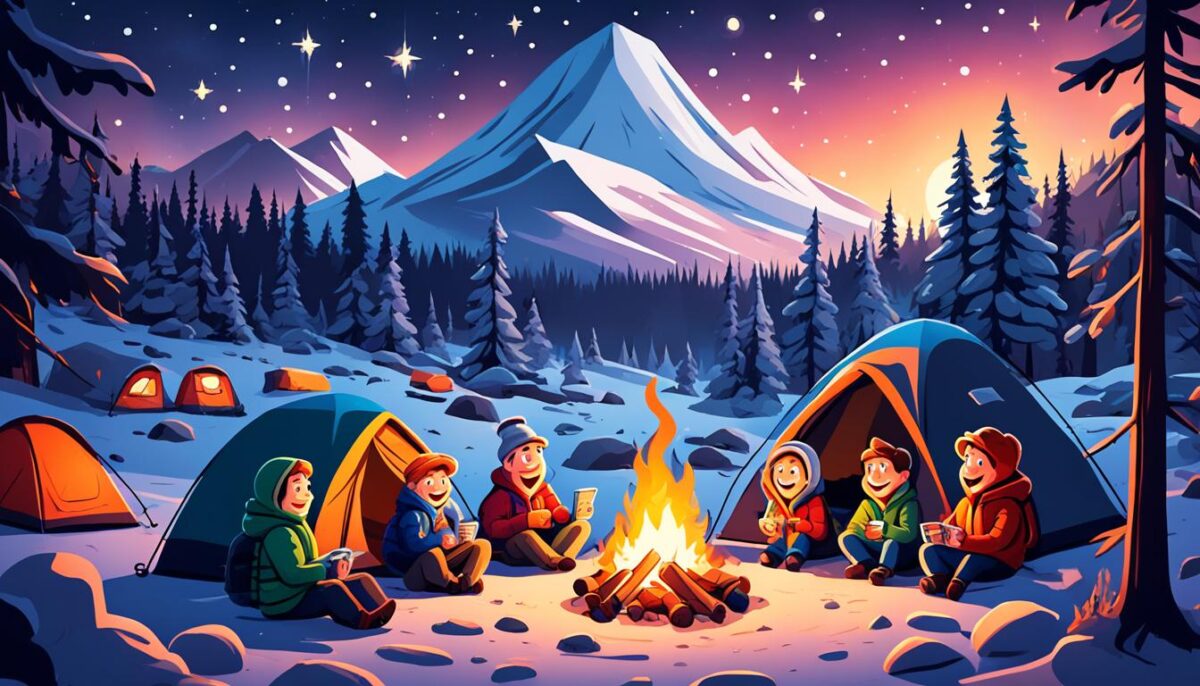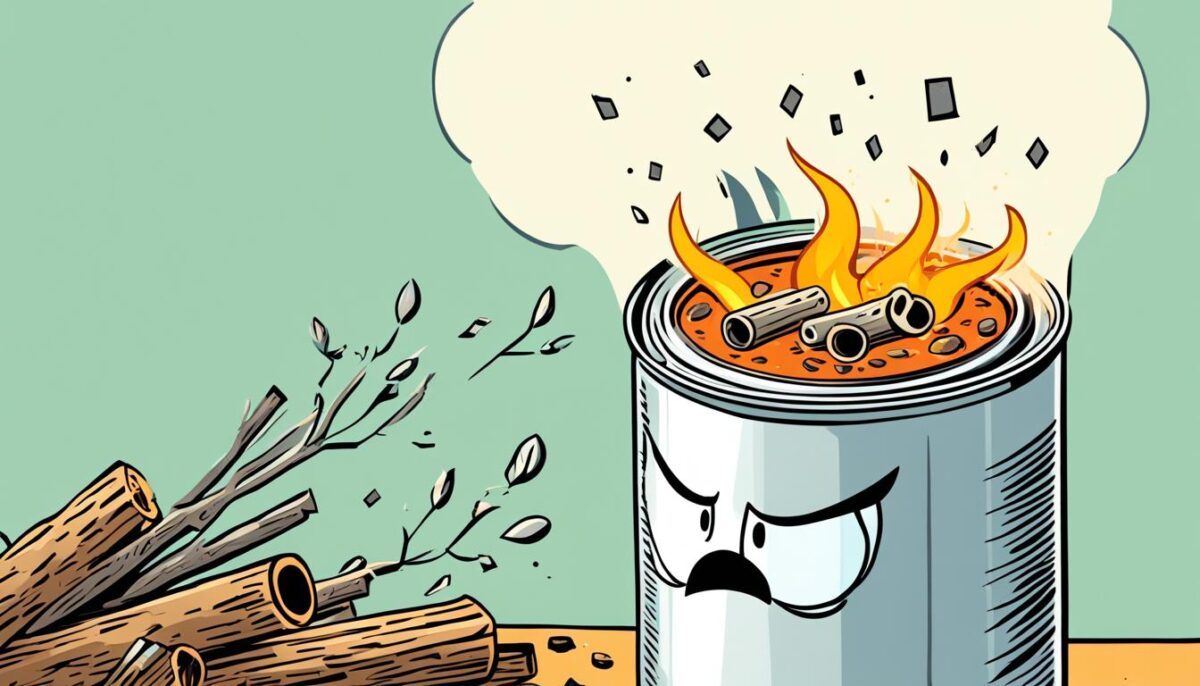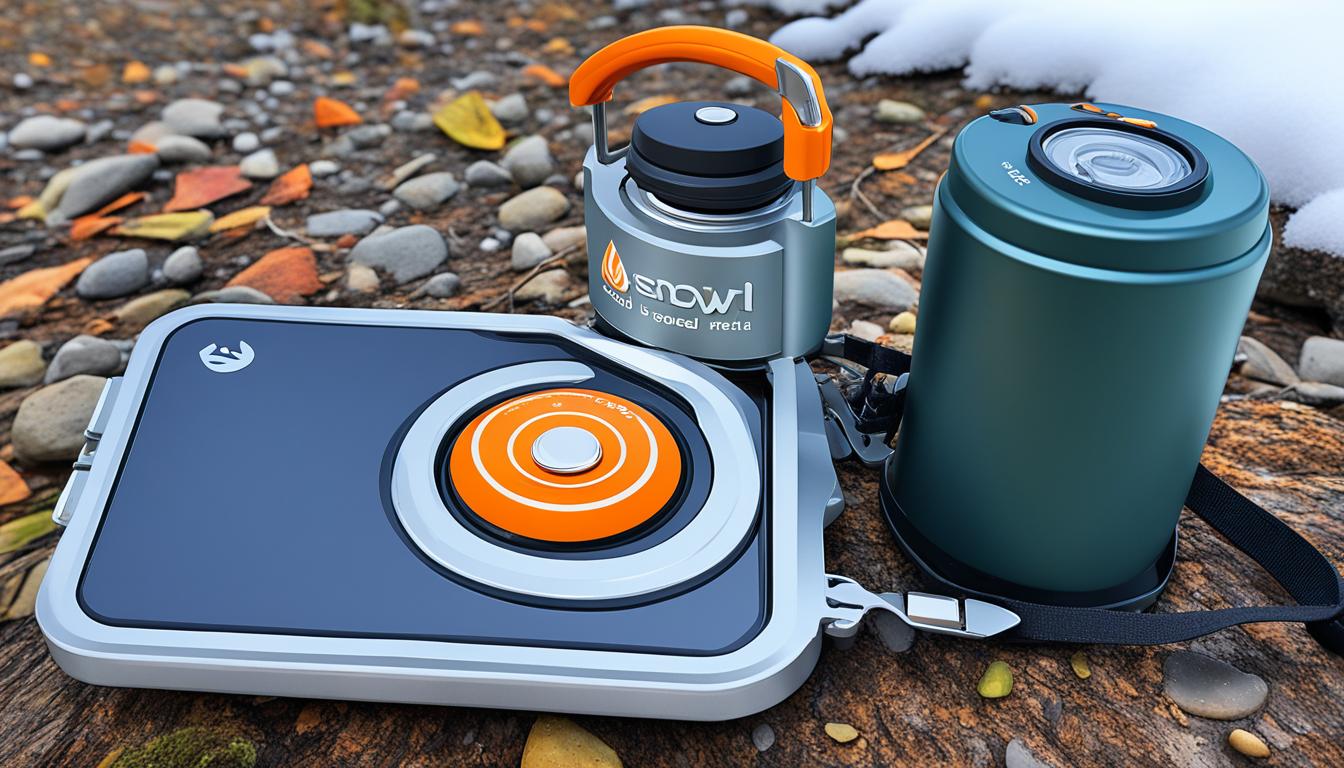As avid campers, we know that spending time outdoors can be exhilarating, but it also presents challenges. One of the key necessities we must address is staying warm during chilly nights, making an emergency heater for camping an essential component of our outdoor gear. Whether we’re nestled in a tent or a cozy cabin, ensuring our camping warmth is never compromised can make or break our experience. In this guide, we will explore the importance of having a reliable outdoor heater within reach and delve into the simple yet effective methods for creating a DIY camping heater to safeguard our adventures against the elements.
Understanding the Need for an Emergency Heater in the Wilderness
When we venture into the great outdoors, understanding the need for warmth becomes a priority. The importance of warmth when camping cannot be overstated, as it relates directly to both comfort and our overall health. Maintaining body heat helps us enjoy our camping experiences without the burden of fatigue or discomfort. Protecting ourselves from the elements, especially in colder environments, is essential for successful outdoor survival.
Why Staying Warm Matters
Staying warm matters significantly while camping. Not only does it prevent us from becoming lethargic, but it also boosts our mood and keeps our spirits high. Research suggests that proper insulation and heating can lead to a more enjoyable experience under the stars. Cold weather can drain our energy and lead us to cut our trips short, which is something we all want to avoid. It becomes clear that understanding the importance of warmth when camping is critical for a positive camping experience.
The Dangers of Cold Weather During Camping
The dangers of cold weather during camping come with serious consequences. Hypothermia risk looms large, especially at night when temperatures can drop rapidly. In addition to hypothermia, frostbite can occur on extremities like fingers and toes if we are unprepared. Various camping safety organizations report alarming statistics about cold-related injuries. For instance, in certain regions, nearly 30% of outdoor-related fatalities are attributed to hypothermia. To ensure our safety, awareness of these risks while camping helps us better prepare for any sudden weather changes.
| Cold Weather Risk | Symptoms | Prevention Strategies |
|---|---|---|
| Hypothermia | Shivering, confusion, slurred speech | Dress in layers, use a reliable heater |
| Frostbite | Red or pale skin, numbness, blisters | Cover extremities, limit exposure |

Creating an Emergency Heater for Camping
When we prepare for our camping adventures, having a reliable DIY emergency heater can make a significant difference in our comfort and safety. Let’s discuss the essential materials for camping heater construction and outline detailed camping heater instructions to guide us through the building process.
Materials You’ll Need
To create our DIY emergency heater, we’ll need several key items. Here’s a list of materials for camping heater construction that are commonly available:
- Metal container (such as a coffee can or a small pot)
- Candles (tea lights preferred for their size and burn time)
- Insulation materials (like blankets or towels)
- Matches or a lighter
- A stable surface to assemble and place the heater
Each of these items plays a critical role in the heating process. The metal container acts as a heat reservoir, while the candles provide the flame needed to generate warmth. Insulation materials protect us from heat loss, ensuring our heater functions efficiently.
Step-by-Step Instructions for Building Your Heater
Knowing how to build a camping heater can be straightforward if we follow these step-by-step camping heater instructions:
- Choose a safe, flat surface away from flammable materials.
- Place the metal container in the center of the surface.
- Light the candles and position them inside the metal container, ensuring they are stable.
- Surround the container with insulation materials to help retain heat.
- Monitor the heater while it’s in use, ensuring it remains safe and effective.
By following these steps, we can confidently create our own emergency heater, enhancing our camping experience and keeping us warm in cold conditions.

Safety Tips and Best Practices
As we venture into the wilderness with our emergency heater, it’s crucial to prioritize camping safety tips to ensure a safe and enjoyable experience. First and foremost, we must place the heater in an open area away from flammable materials. Following the best practices for using heaters outdoors will help minimize the risks associated with fire safety outdoors, allowing us to warm up without the worry of an uncontrolled blaze.
Proper ventilation is a key aspect of emergency heater safety. We should be vigilant in monitoring carbon monoxide levels and ensure that there is adequate airflow in our camping area. Regularly checking on the device while in use is essential. By maintaining this awareness, we can safely enjoy the warmth our heater provides without compromising our well-being.
Once we’re ready to extinguish the heater, we must do so safely, allowing it to cool down completely before packing it away. It’s important never to leave our heater unattended, as accidents can happen unexpectedly. By familiarizing ourselves with these safety measures, we can enhance our camping experience while minimizing any potential risks associated with using our DIY heating solution.

